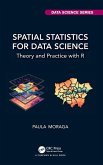
Gebundenes Buch
Theory and Practice with R
8. Dezember 2023
Taylor & Francis Ltd
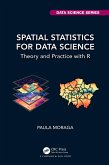
Ähnliche Artikel
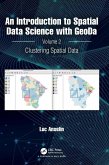
Gebundenes Buch
Volume 2: Clustering Spatial Data
29. Mai 2024
Taylor & Francis Ltd
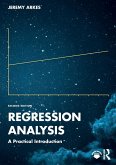
Broschiertes Buch
A Practical Introduction
2. Aufl.
19. Januar 2023
Routledge / Taylor & Francis
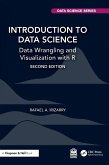
Gebundenes Buch
Data Wrangling and Visualization with R
2 ed
2. August 2024
Taylor & Francis Ltd

Gebundenes Buch
A Practical Introduction
2. Aufl.
19. Januar 2023
Routledge / Taylor & Francis
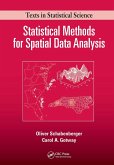
Broschiertes Buch
21. Januar 2023
CRC Press / Taylor & Francis

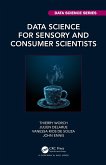
Gebundenes Buch
29. September 2023
Taylor & Francis Ltd
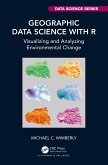
Gebundenes Buch
Visualizing and Analyzing Environmental Change
8. Mai 2023
Taylor & Francis Ltd

Gebundenes Buch
1. Juli 2024
Chapman and Hall/CRC / Taylor & Francis
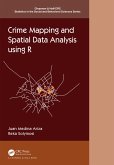
Ähnlichkeitssuche: Fact®Finder von OMIKRON
